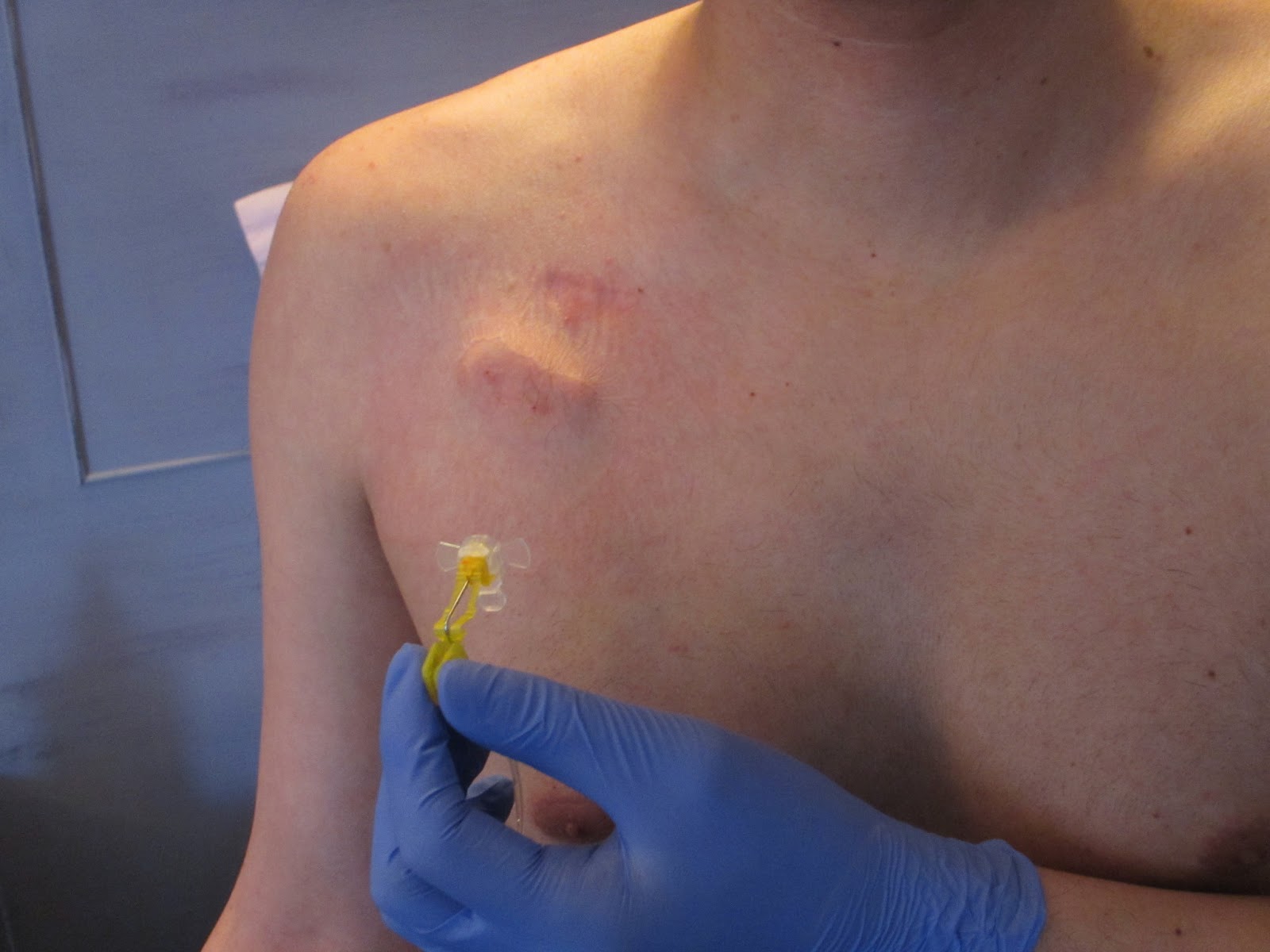This past week was the chemo administration for cycle 9. In terms of side effects, it felt similar to my previous ifosfamide/etoposide cycle. I was again able to keep nausea at bay and maintain a decent appetite throughout thanks to round-the-clock anti-nausea meds, at the cost of feeling like a zombie for most of the day. Though this time, I didn't feel as zombified as I did during cycle 6.
I'll officially be halfway done with chemo midway through the coming week. To try and speed up the countdown, I'm doing it in terms of how many of the very draining cycles that will kill my immune system and require constant IV hydration I have left. I call them "bag cycles" because of the constant need to be connected to a fluid bag. After this one, I'll have just two left: one more ifosfamide/etoposide (cycle 12), and one more cyclophosphamide/doxorubicin/vincristine (cycle 15). The day I'll be done is still far away, but drawing closer and closer.
So now I'll share an interesting little detail about the ifosfamide/etoposide cycles. I get my chemo through an IV port that was implanted in me at the same time as my amputation. This is because a normal IV that's just stuck into a vein through the skin is not durable enough for continuous weeklong administration of chemo and fluids. Before each administration, a nurse "accesses" the port by pricking the skin over it with a special needle that is attached to tubing through which medicine can be sent in. The port is then "flushed" with an injection of saline solution (0.9% sodium chloride in water), after which, medicine can be given through it.
My port has two openings for access. During an irinotecan/temozolomide cycle, only one of them is accessed, but both of them are for the bag cycles, as I need more medicines then. Here is a picture of my port from my most recent cycle, double accessed:
Most of the time, a nurse "de-accesses" the port when I don't need it accessed anymore. This involves flushing with saline, and then injecting it with heparin. Once this is done, the dressing can be removed, and the needle(s) can be pulled out. However, with an ifosfamide/etoposide cycle, the fluid administration lasts until Saturday mid-morning. So my parents and I received a lesson in de-accessing, along with the materials needed for the job. We got one during cycle 6, and another during the most recent cycle, as the design of the needles had changed a bit. Once my fluids ran out, it was time to self de-access. Here is me completing the task:
Now, on to low immunity week. Here's hoping I don't spike a fever and have to go to the hospital this time, like I did the last two cycles.


And the countdown begins! You've been showing such resilience (and demonstrated a much greater degree of calm than all
ReplyDeletethe rest of us!) this whole journey. We are all so proud and cannot wait to see you again!
-casa de Medina
Hi Hormozd,
ReplyDeleteI stumbled across your blog while googling other Ewing's sarcoma blogs. My fiance just finished his one year of chemotherapy on June 17. It seems you two share a positive, optimistic attitude, which I now believe serves as the best medicine/treatment. Please know that we are sending our well-wishes your way.
Kavan & ashley
www.threeinonemillion.blogspot.ca
Hi Ashley, thanks for you and Kavan's well-wishes! I read through your blog and came away impressed by Kavan's determination, and the support you provided him during his treatment. Congratulations on being done with chemo, and all my best wishes for a long and happy future together.
DeleteHormozd janam,
ReplyDeleteI double Ashley's comment. Thank G-d countown begins and it always goes faster than count up!. I am sending prayers your way for an easy week with no hospitalisation or fever.
Love you with all my heart.
Ameh Nahid and the rest of us.